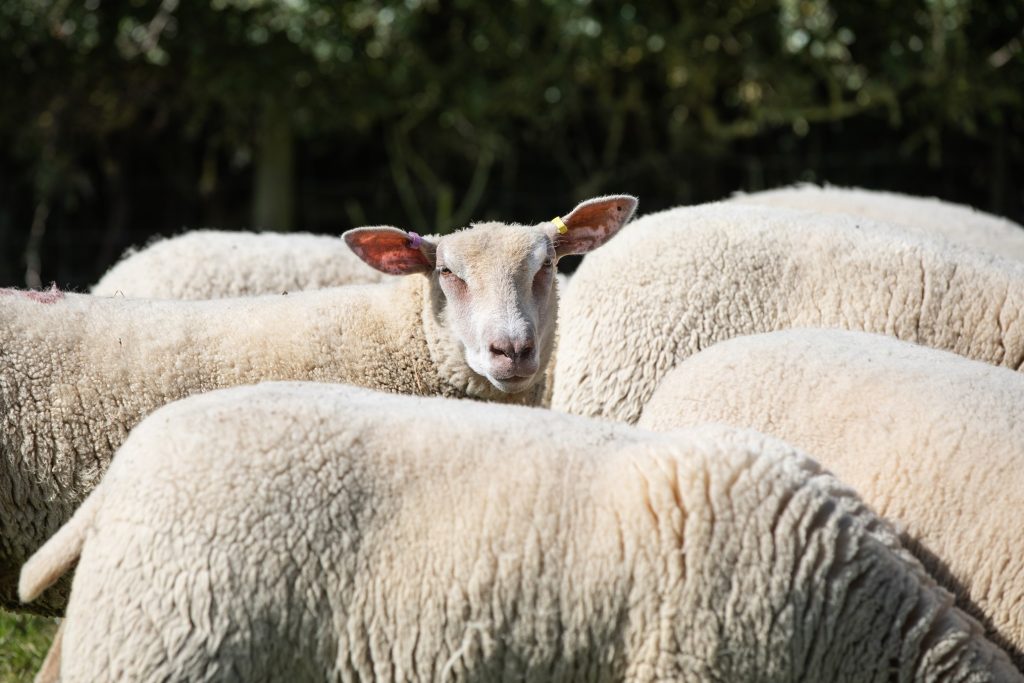With growing forage and buying feed one of the biggest influencers on overall performance and profitability, feeding livestock efficiently is high on the agenda for any beef, dairy or sheep farm.
According to AHDB figures:
- Store beef: Over 21% of variable costs came from feed and forage on average in 2023
- Finishing beef: Over 22% of variable costs came from feed and forage on average in 2023
- Breeding sheep: Almost 70% of variable costs came from feed and forage on average in 2023
- Dairy cows: Total purchased feed costs were 12.85ppl (36% of milk price) on average in 2023
While bought-in feed prices have – in the most part – steadily declined over the last couple of years, other input costs and challenging growing conditions have persistently put pressure on producing livestock feed at home. In spite of this, home-grown feed – grazed or clamped – still remains the most economic way of feeding livestock.
Maximising home-grown feeds to minimise bought-in feed costs
Improving feed efficiency from the bottom up will have a major impact on the farm’s bottom line. This essentially means maximising resource utilisation from flora to fauna. Livestock feeding can be broken down into 4 key aspects of control:
-
Crop choice – nutritional quality, yield, cost of production, and system suitability.
-
Crop cultivation – reseeding, fertilising, cultivations and soil health.
-
Crop conservation – cutting, wilting, additive use, clamp compaction.
-
Crop composition – balancing forage to combat any nutritional shortfalls.
While we could talk at length on each of these aspects, today we’re focussing on the final piece of the puzzle – crop composition. What we mean by this, is ensuring the crop is supplemented with the right ingredients in the right amounts to maximise utilisation when fed to the animal.
Efficient livestock feeding
It’s very unlikely that homegrown feeds alone will provide adequate nutrient levels for all animals and at all times of the year. For example, nutritional demands will differ throughout the animals productive cycle, and crop composition (i.e. sugar levels) will vary over the grazing season and from field to clamp.
Efficient livestock feeding requires balancing with precision adequacy. Feed licks or feed blocks are a great way of achieving this cost-effectively on any system.
Whether animals are grazed out on the moor or housed on a ration, a feed lick or block is designed to cost-efficiently and time-effectively:
- Stimulate an animals appetite for dry matter
- Promote effective digestion in the rumen
- Balance nutritional deficiencies
So, which feed block is most cost-effective?
Whilst fundamentally palatable and attractive to eat, Crystalyx feed blocks cannot be gorged (over-eaten) by livestock. Instead, Crystalyx feed blocks are designed to be licked little and often, meaning they can last up to 3X longer than some other blocks.
The hard crystalline structure of the block also ensures that the product is unaffected by adverse weather. In comparison, some traditional and pressed blocks can ingress moisture resulting in product degradation and over consumption.
Whilst fundamentally palatable and attractive to eat, the Crystalyx feed block cannot be gorged (over-eaten) by livestock. The feed block also stays intact in bad weather. With intakes up to 3X lower than other other feed blocks on the market, the the cost per animal per day works out to be much lower. Crystalyx is therefore available from as little as 4 pence per ewe per day.
Lower intakes are proven to be sufficient
A common concern amongst farmers is that these low intakes can’t possibly be of any value to livestock. Our independent university research results tell a very different story!
For example, independent research* studied ewes flushed with Crystalyx Extra High Energy at a rate of just 50g/ewe/day. Compared to ewes on good grass alone, ewes gained more weight faster, and had 12-20% higher lamb numbers at scanning. This intake was up to 100g/ewe/day LESS than the recommended intakes of other feed blocks!
Additionally, with continued access to Crystalyx Extra High Energy throughout mid-pregnancy, ewes maintained better body condition right up to lambing. Ewes were able to milk better for improved lamb performance on spring grass.
* Conducted by Newcastle University and Aberystwyth University

